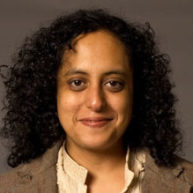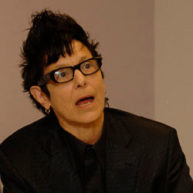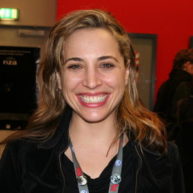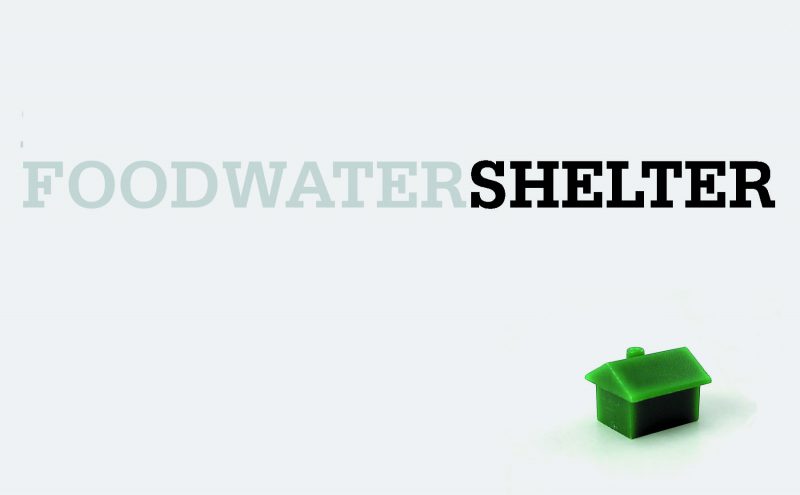
You may tell yourself – this is not my beautiful house.
You may ask yourself – how do I work this?
You may ask yourself – well, how did I get here?
We love NYC. We want to live here. Meanwhile, the vibrant diversity of our neighborhoods is being homogenized by huge rents and chain stores; public space is disappearing, and hope for building an affordable life –especially with a family– is becoming almost irrational. But there are many people innovating and experimenting with viable alternatives and analyses, ways to make NYC more livable, so everyone can love living here. For this year’s Foundry Dialogues, we’ve invited some of these innovators to help us unpack some of the historical and political structures that currently shape NYC and inspire us to re-imagine how else our city might be organized.
Featuring
Oona ChatterjeeKathy Goldman
Alyssa Katz
Brad Lander
Julie Miles
Christine Quinn
Esther Robinson
Elizabeth Streb
Creative Producers:
Anne Erbe & Melanie JosephJune 2006 : The Ukrainian Hall
Dialogue One
NYC Food 101
In a city that leads the nation in food waste, over 400,000 New Yorkers suffer from moderate to severe hunger. While participation in NYC’s federally funded Food Stamp Program continues to drop, the city’s soup kitchens report significant increases in demand. But the proliferation of food justice activism is beginning to build solutions.
Distinguished food justice activist Kathy Goldman and City Council Speaker Christine Quinn lead this teach-in and community dialogue on how food works and doesn’t work in NYC as well as some proliferating and successful initiatives that attempt to make it work better.
Christine Quinn

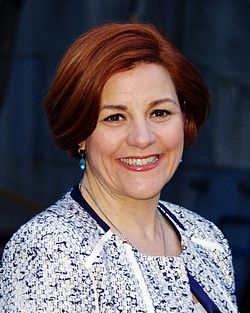
Dialogue Two
The Past, Present & Future of Rents, Real Estate & Neighborhoods
In our next dialogue, community development trailblazer Brad Lander breaks down the history of NYC’s urban development, housing market, patterns of neighborhood development and upheavals, and alternative ideas for living together in the city.
“In 2006, in Downtown Brooklyn, out of the 9000 units being built, over 90% were high-end luxury apartments. Only 3% were for middle-income residents. Less than 4% were for low-income residents.”
Brad Lander
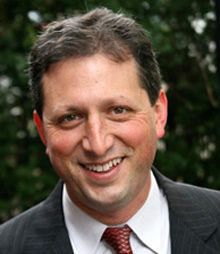
Brad Lander is the Director of the Pratt Center for Community Development, the oldest university-based advocacy, planning, and technical assistance organization in the U.S. The center brings the skills of architects, planners, and development professionals together in service to community-based organizations struggling to address issues of urban deterioration and persistent poverty. Before coming to Pratt, Brad was, for ten years, the Executive Director of the Fifth Avenue Committee (FAC), a Brooklyn-based community development organization. [ As of 2006 ]
BRAD LANDER BREAKS IT DOWN!
Between 1970-2000 :
650,000 Manufacturing Jobs (Traditional Middle Class) lost, down 15%. These were replaced by 760,000 “Service Jobs”, up 19% (the majority of which are Low-Income Jobs).
From 1990-2000 the population has grown by 840,000 residents
The largest population gain has been from immigrants and low-income families. (up 3%). The city has actually lost median-income residents (down 3.5%)- flight of white, black and Latino residents
From 1970-2000- Income for the richest 1/5 of the NYC population grew by 50% (remained level with the increase of housing costs) WHILE income for the poorest 1/5 dropped by 29%.
Housing
100,000 Housing Unites Controlled by the city (Affordable Housing units, public housing units) in 1979 has dropped to in 2005
Public Funding in NYC for Housing has dropped from $760 million in 1979 to just under $300 million in 2006
There were 10K building permits in 1979 this has grown to 33K building permits in 2006. The vast majority of these are high-end luxury apartments being constructed. This does not fit the demand of the growing low-income population.
New “controlled” units remain at the same level, as controlled units are being deregulated new units are being allocated that keep the levels equal
Increases the value of real-estate- creates neighborhoods attractive to young, middle-class, mostly white people.
Real Estate prices in Fort Greene/Clinton Hill rose 42% from 2004-2005
Corcoran now has listings in Williamsburg & Bed-Stuy
In Downtown Brooklyn, out of the 9000 units being built, over 90% are high-end luxury apartments. Only 3% are for middle-Income residents. Less than 4% are for low-income residents.
Rent Regulation
In 1994 about 500 units were deregulated. In 2004, 9000 units were deregulated. Attempts are made to keep controlled units at the same level, but no new units are being created.
The 3 A’s of Housing:
AVAILABLE: Not
Vacancy in NYC is about 3%, healthy economic level is 5.5%
The population has grown by 1 million since 1980 and is expected to grow by 1.5 million by 2025
AFFORDABLE: NOT
Rents have increased by 33% since 1975. Incomes have increased by 3%
Nearly 25% of all NYC renters pay over 50% of their income to housing costs (25% of these people make under 27,000)
ADEQUATE: NOT
23% of renters live in overcrowded units
There has been a 34% increase in overcrowded units from 1999-2002
There are over 100,000 illegal housing units in NYC
Dialogue Three
Your Neighborhood 101
How is your neighborhood organized? Why are the City’s rent laws controlled by the state government in Albany? What is a community board, a community development corporation, a block association, and how do they interact with city governance? Has anyone every heard of ULURP?? or how it changes our neighborhoods?
Julie Miles, Campaign Director of Housing Here and Now, and Alyssa Katz, journalist and Editor-at-Large of City Limits, hold a basic civics lesson on the structural governance of neighborhoods and effective ways to participate in their ongoing development:
For better or worse, community boards are your voice in local politics. They were started in the 1950s for that purpose, to give citizens a voice in city politics… while they have no legally binding power, they are set up to be advisees, in particular to the Boro President. But as we’ve seen most recently, they have a lot to say over land use issues. When you look at the amazing campaign and work of CB1 and what they achieved for their district in the rezoning plan of Greenpoint/Willamsburg – it’s an incredibly inspiring story — and what’s taking place right now between CB9 and Columbia University in Harlem speaks to a really meaningful connection and impact of community boards on the disposition of land use negotiations in our neighborhoods in this city.
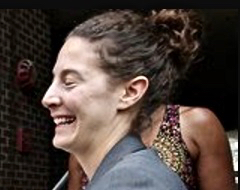
Julie Miles is the Director of Housing Here and Now, a citywide coalition of 100+ community groups, religious leaders, labor unions and affordable housing groups organizing to create and preserve for housing for ALL New Yorkers. Housing Here and Now is breaking the cycle of politics and power that puts decent housing out of reach for millions of New Yorkers. This new and feisty coalition of affordable housing groups, labor unions, AIDS activists, churches and community groups have joined together to seize the opportunity presented by a Mayoral election year to demand that our city leaders guarantee housing for every New Yorker.
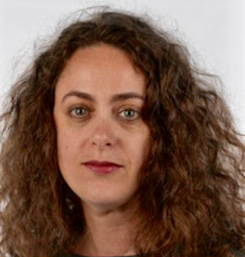
Alyssa Katz, born and raised in NYC, just finished a six-year run as editor of City Limits, the news and policy magazine covering NYC’s neighborhoods and the forces that shape them. She’s currently the magazine’s editor-at-large. Under her editorship, City Limits led the local media on coverage of vital issues affecting neighborhoods, including affordable housing, economic and environmental justice, and the welfare of children and families. Among other investigative reports, the magazine exposed major fraud in a federal housing program, the ejection of failing students from high schools, the misuse of a brownfields tax credit, and the improper awarding of welfare-to-work contracts by the Giuliani administration while also chronicling the innovations and triumphs of community development and activism in New York. Ms. Katz also writes for The Nation and The American Prospect and teaches journalism at New York University and Hunter College. Prior to covering civic affairs, she was a cultural critic for The Village Voice, Spin and The Nation.
Dialogue Four
Gentrification and its Discontents
With artists, community organizers and urban planners, this dialogue explored artists’ unintended complicity in the gentrification of neighborhoods. How can we live and work in New York without creating the conditions for our own displacement, and worse, the displacement of those who were there before us? Communities are organizing themselves to disrupt this cycle of upheaval. Laws are being challenged and changed. Artists are developing new ways to integrate their work with the needs of local constituents. “Gentrification and its Discontents” looks to the actions of people who are tipping the scales, unsettling status quos, and getting sh*t done.
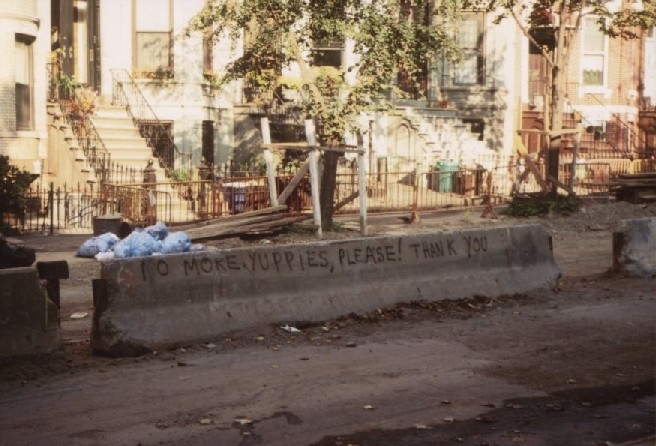
Guest Speakers [bios as of 2006]:
